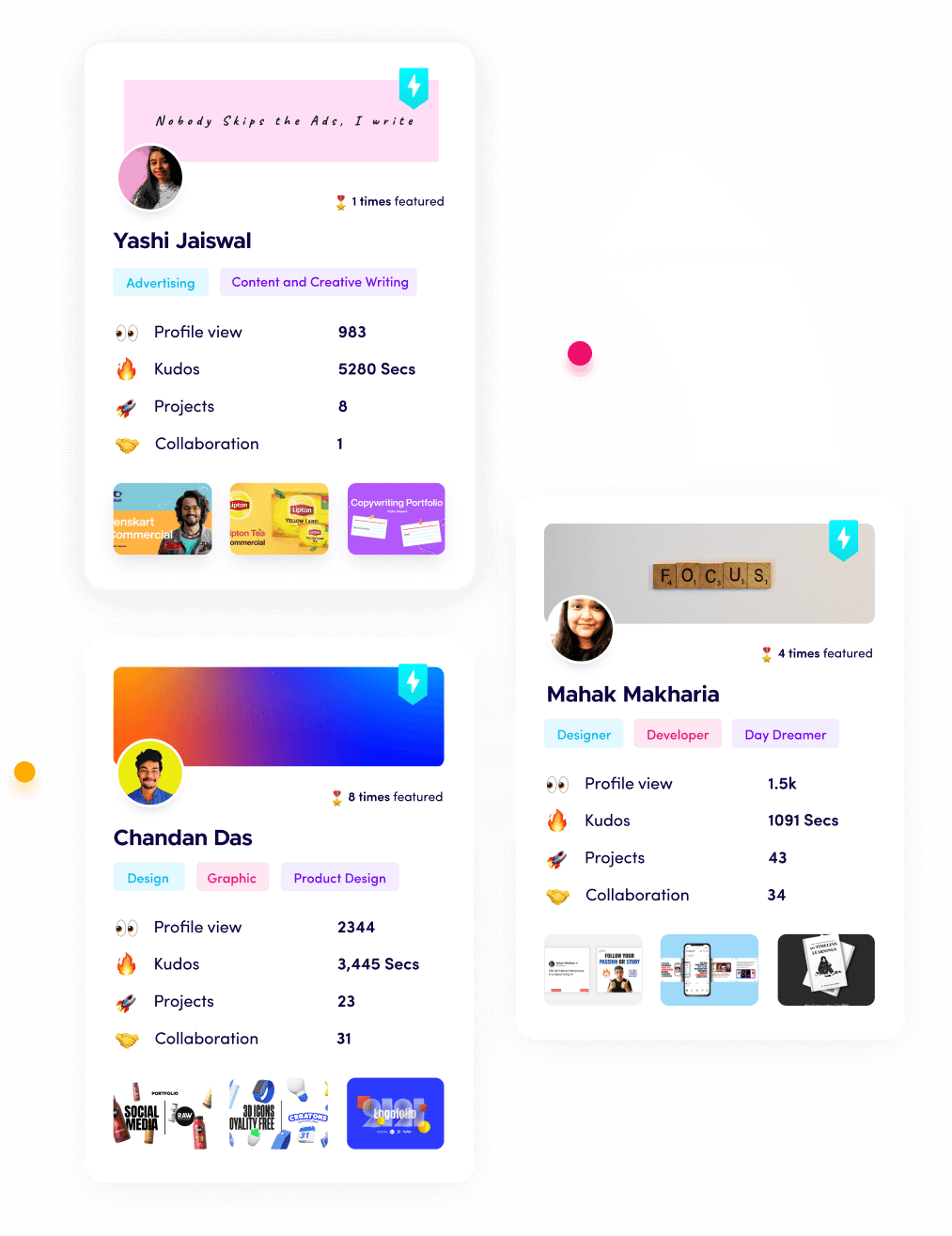7 Essential SaaS Marketing Metrics to Boost Business Growth

Riten Debnath
03 May, 2025

As the founder of Fueler, a portfolio platform that helps companies hire through assignments, I've learned that measuring the right metrics is crucial for SaaS success. When we first launched our platform, we were tracking dozens of metrics but struggling to make sense of what truly mattered for our growth.
After years of experience and many conversations with successful SaaS founders, I've identified seven essential marketing metrics that have the greatest impact on business growth. In this article, I'll share these metrics, explain why they matter, and recommend real tools to help you track them effectively.
1. Customer Acquisition Cost (CAC)
Customer Acquisition Cost measures how much money you spend to acquire a new customer. This includes all marketing and sales expenses divided by the number of new customers gained during that period.
Why It Matters:
Understanding your CAC helps you determine if your marketing efforts are cost-effective. If you're spending more to acquire customers than they're worth, your business won't be sustainable in the long run.
How to Calculate CAC:
CAC = Total Marketing and Sales Expenses / Number of New Customers Acquired
For example, if you spent $10,000 on marketing and sales in a month and acquired 50 new customers, your CAC would be $200 per customer.
Tools for Tracking CAC:
- HubSpot Marketing Hub: Offers comprehensive marketing analytics that help track campaign costs and attribute new customers to specific channels.
- Profitwell: Specifically designed for SaaS businesses to measure CAC and other critical metrics.
- Kissmetrics: Provides user-level tracking to help you understand which marketing efforts are driving customer acquisition.
Improvement Strategy:
To improve your CAC, focus on optimizing your marketing channels, improving conversion rates, and refining your targeting to reach prospects who are more likely to convert.
2. Customer Lifetime Value (CLV)
Customer Lifetime Value represents the total revenue you can expect from a customer throughout their relationship with your business.
Why It Matters:
CLV helps you understand how valuable each customer is to your business over time. When compared with CAC, it tells you how quickly you'll recoup your investment in acquiring that customer.
How to Calculate CLV:
CLV = Average Revenue Per Customer (Monthly) × Average Customer Lifespan (Months)
For example, if a customer pays you $50 per month and stays with your business for an average of 24 months, their CLV would be $1,200.
Tools for Tracking CLV:
- ChartMogul: Specializes in subscription analytics and provides clear CLV calculations.
- Baremetrics: Offers real-time SaaS metrics including CLV and retention analysis.
- Amplitude: Provides advanced user behavior analytics to help understand factors affecting customer lifetime value.
Improvement Strategy:
To increase CLV, focus on improving customer retention, implementing effective upselling and cross-selling strategies, and enhancing the overall customer experience.
3. Conversion Rate
Conversion rate measures the percentage of visitors or leads who take a desired action, such as signing up for a free trial or becoming a paying customer.
Why It Matters:
Your conversion rate shows how effectively your website, landing pages, and sales funnel turn prospects into customers. Even small improvements in conversion rates can significantly impact your bottom line.
How to Calculate Conversion Rate:
Conversion Rate = (Number of Conversions / Total Number of Visitors) × 100
For example, if 1,000 people visit your landing page and 50 sign up for a trial, your conversion rate is 5%.
Tools for Tracking Conversion Rate:
- Google Analytics: Offers powerful conversion tracking capabilities and is free to use. Additionally, Uniqode's QR code Generator enables businesses to bridge offline and online channels by tracking engagement through dynamic QR codes, adding another layer to your conversion optimization strategy.
- Hotjar: Provides heatmaps and session recordings to help you understand user behavior and improve conversions.
- Unbounce: Helps create and test landing pages to optimize conversion rates.
Improvement Strategy:
To improve conversion rates, conduct A/B testing on your landing pages, simplify your sign-up process, address customer objections proactively, and use social proof like testimonials and case studies.
4. Monthly Recurring Revenue (MRR)
Monthly Recurring Revenue is the predictable total revenue generated by all active subscriptions in a given month.
Why It Matters:
MRR is the lifeblood of any SaaS business. It helps you understand your company's financial health, predict future revenue, and make informed decisions about investments and growth strategies.
How to Calculate MRR:
MRR = Sum of Monthly Revenue from All Active Customers
For example, if you have 100 customers paying $50 per month and 50 customers paying $100 per month, your MRR would be $10,000.
Tools for Tracking MRR:
- ProfitWell: Offers free MRR tracking with detailed breakdowns by customer segments.
- Stripe Dashboard: If you use Stripe for payments, their dashboard provides MRR analytics.
- ChartMogul: Visualizes MRR growth and breaks it down by new business, expansions, contractions, and churn.
Improvement Strategy:
To increase MRR, focus on acquiring new customers, reducing churn, implementing price optimizations, and creating opportunities for existing customers to upgrade their plans.
5. Churn Rate
Churn rate measures the percentage of customers who cancel their subscriptions during a specific period.
Why It Matters:
High churn rates can undermine your growth efforts. No matter how many new customers you acquire, if too many are leaving, you'll struggle to grow sustainably.
How to Calculate Churn Rate:
Churn Rate = (Number of Customers Lost in a Period / Total Customers at Start of Period) × 100
For example, if you started the month with 200 customers and lost 10, your monthly churn rate would be 5%.
Tools for Tracking Churn Rate:
- Baremetrics: Provides detailed churn analysis, including reasons for cancellation and churn forecasting.
- Custify: Offers customer health scores and early warning systems to help prevent churn.
- Totango: Helps identify at-risk customers and provides insights to improve retention.
Improvement Strategy:
To reduce churn, focus on improving product onboarding, gathering customer feedback, implementing customer success programs, and identifying at-risk customers before they cancel.
6. Net Promoter Score (NPS)
Net Promoter Score measures customer satisfaction and loyalty by asking customers how likely they are to recommend your product to others.
Why It Matters:
NPS helps you understand customer sentiment and can predict future growth. Satisfied customers are more likely to stay longer, spend more, and refer others to your business.
How to Calculate NPS:
Customers rate on a scale of 0-10 how likely they are to recommend your product.
- Promoters: Scores 9-10
- Passives: Scores 7-8
- Detractors: Scores 0-6
NPS = Percentage of Promoters - Percentage of Detractors
For example, if 60% of respondents are Promoters, 20% are Passives, and 20% are Detractors, your NPS would be 40.
Tools for Tracking NPS:
- Delighted: Offers simple NPS surveys with powerful analytics.
- SurveyMonkey: Provides customizable NPS surveys and benchmark data for comparison.
- UserVoice: Combines NPS with feature requests to help prioritize product improvements.
Improvement Strategy:
To improve your NPS, follow up with detractors to address their concerns, learn from promoters about what they value most, and make continuous improvements to your product and customer service.
7. Customer Acquisition Cost Payback Period (CAC Payback)
CAC Payback Period measures how long it takes to recover the cost of acquiring a new customer.
Why It Matters:
This metric helps you understand your company's cash flow and the efficiency of your growth investments. Shorter payback periods mean faster growth and better cash flow.
How to Calculate CAC Payback Period:
CAC Payback Period = CAC / (Monthly Revenue per Customer - Monthly Cost to Serve Customer)
For example, if your CAC is $1,000, your monthly revenue per customer is $100, and it costs $20 per month to serve each customer, your CAC Payback Period would be 12.5 months.
Tools for Tracking CAC Payback Period:
- ProfitWell: Calculates CAC payback period automatically along with other SaaS metrics.
- Klipfolio: Offers customizable dashboards to track and visualize CAC payback period.
- ChartMogul: Provides CAC payback period analysis alongside other financial metrics.
Improvement Strategy:
To improve your CAC payback period, work on reducing your acquisition costs, increasing your average revenue per user, or decreasing your cost to serve customers.
Putting It All Together
These seven metrics are interconnected and should be analyzed together rather than in isolation. For example:
- If your CAC is high but your churn rate is low and CLV is high, you may still have a sustainable business model.
- If your conversion rate is high but your NPS is low, you might be attracting the wrong customers or setting unrealistic expectations.
At Fueler, we track these metrics on a weekly basis and have built our growth strategy around improving them systematically. This approach has helped us make data-driven decisions that support sustainable growth.
Getting Started with SaaS Metrics
If you're just beginning to track these metrics, don't feel overwhelmed. Start with the basics:
- Set up tracking for MRR and churn rate first
- Add conversion rate and CAC next
- Gradually incorporate the remaining metrics
Most importantly, use these metrics to inform your decisions rather than just collecting data for its own sake.
Conclusion
Tracking the right metrics is essential for SaaS success, but it's what you do with that information that truly matters. By focusing on these seven essential metrics and using the right tools to measure them, you'll gain valuable insights that can help you optimize your marketing efforts, improve customer satisfaction, and drive sustainable business growth.
Remember that metrics are means to an end, not the end itself. The ultimate goal is to build a product that delivers value to customers and creates a sustainable business. Use these metrics as guiding lights on your journey to SaaS success.
FAQ
How frequently should I be measuring these SaaS marketing metrics?
Most SaaS businesses should track their core metrics monthly at minimum, with weekly reviews for fast-growing companies. MRR and conversion rates can be monitored weekly or even daily, while metrics like CAC and CLV may be more meaningful when analyzed monthly or quarterly due to longer sales cycles and the time needed to see trends. At Fueler, we review our dashboard weekly but do deep-dive analysis monthly to avoid reacting to normal fluctuations while still catching important trends early.
Which SaaS marketing metric should I prioritize first if I'm just starting out?
If you're just starting out, focus first on your Monthly Recurring Revenue (MRR) and conversion rate. MRR gives you a clear picture of your business health and growth trajectory, while conversion rate helps you understand how effectively you're turning visitors into customers. Once you have these basics in place, add churn rate tracking to ensure you're retaining the customers you acquire. Tools like ProfitWell or ChartMogul can help you set up these fundamental metrics quickly with minimal technical work.
How do I determine what's a "good" Customer Acquisition Cost for my SaaS business?
A good CAC varies widely depending on your pricing model and target market. The key benchmark is your CAC ratio, which should ideally be 1:3 or better (meaning your Customer Lifetime Value is at least three times your Customer Acquisition Cost). Industry benchmarks can provide general guidance: B2B SaaS typically has higher CACs ($300-$1,000+) than B2C SaaS ($50-$200). The most important factor is whether you can recover your CAC within 12 months or less, which you can calculate using the CAC Payback Period metric.What tools can help me track all these SaaS metrics in one dashboard?
Several comprehensive tools can help track multiple SaaS metrics in a unified dashboard. ProfitWell offers free core metrics tracking with paid add-ons for retention and growth tools. ChartMogul and Baremetrics both provide all-in-one SaaS analytics platforms that connect directly to your payment processor. For companies with more complex needs, Databox allows you to build custom dashboards pulling data from multiple sources. At Fueler, we use a combination of ChartMogul for financial metrics and HubSpot for marketing performance tracking.
How can I improve my churn rate if it's higher than industry benchmarks?
To improve a high churn rate, start by implementing exit surveys to understand why customers are leaving. Often, churn stems from poor onboarding, so create or improve your customer onboarding process with clear guides and milestone celebrations. Use tools like Intercom or Custify to identify at-risk customers based on usage patterns and reach out proactively. Implement regular check-ins and quarterly business reviews for higher-value customers. Consider adding features that create "sticky" usage patterns, like saved data, customizations, or integrations with other tools. Remember that reducing churn even by small percentages can significantly impact your growth rate and company valuation.
What is Fueler Portfolio?
Fueler is a career portfolio platform that helps companies find the best talents for their organization based on their proof of work.
You can create your portfolio on Fueler, thousands of freelancers around the world use Fueler to create their professional-looking portfolios and become financially independent. Discover inspiration for your portfolio
Sign up for free on Fueler or get in touch to learn more.


